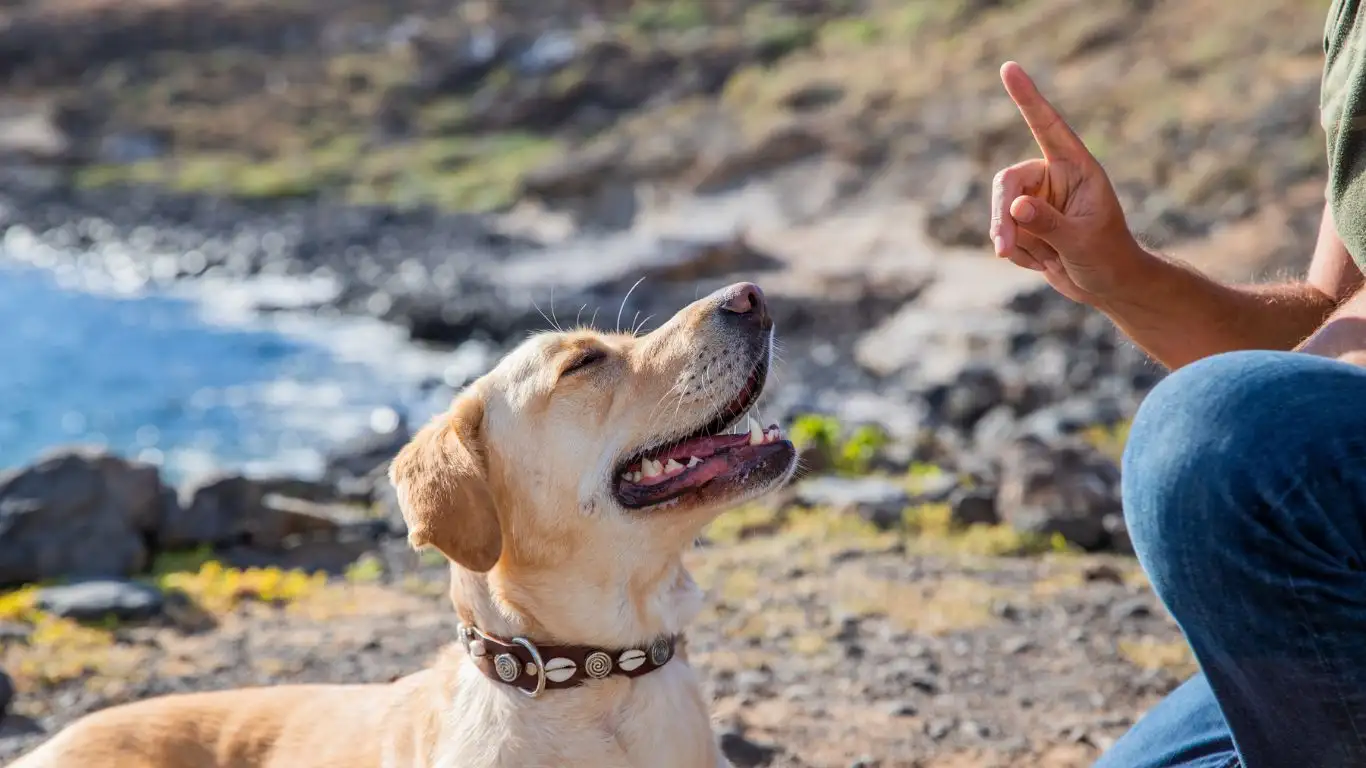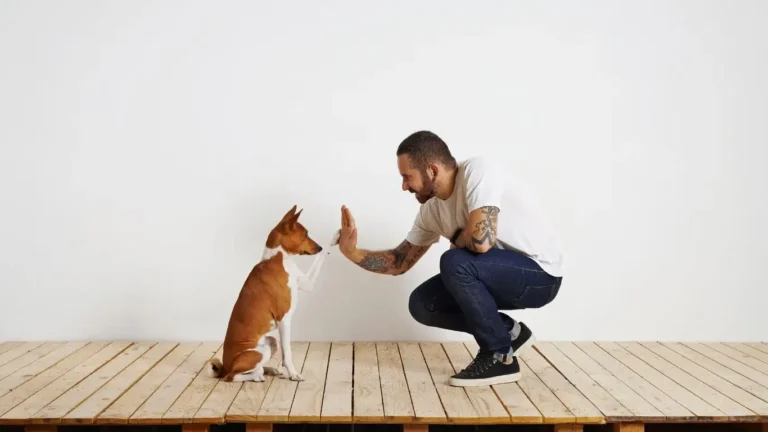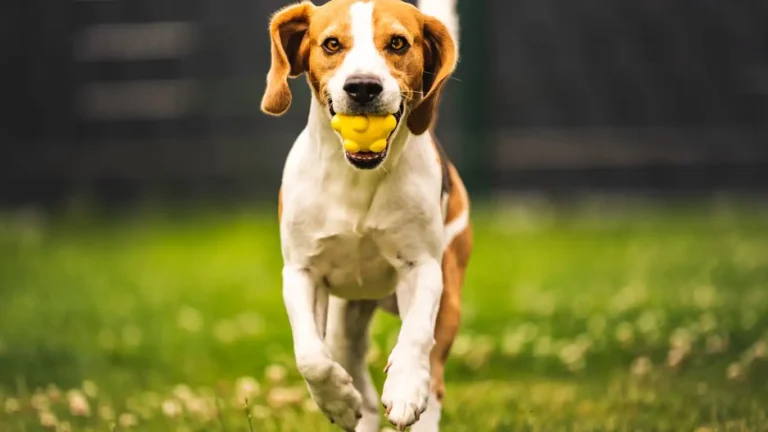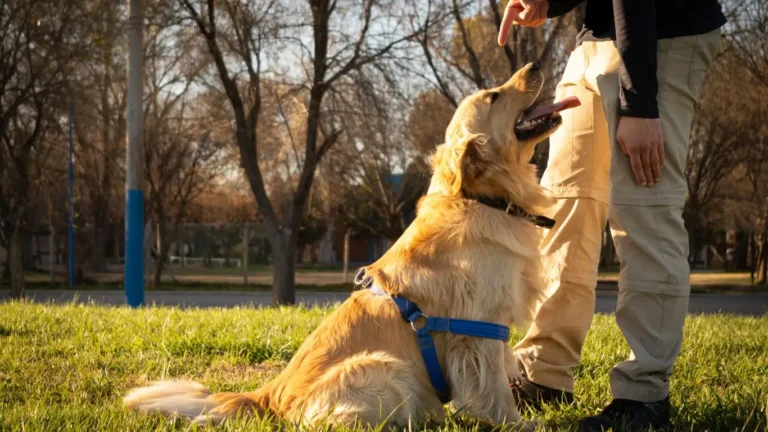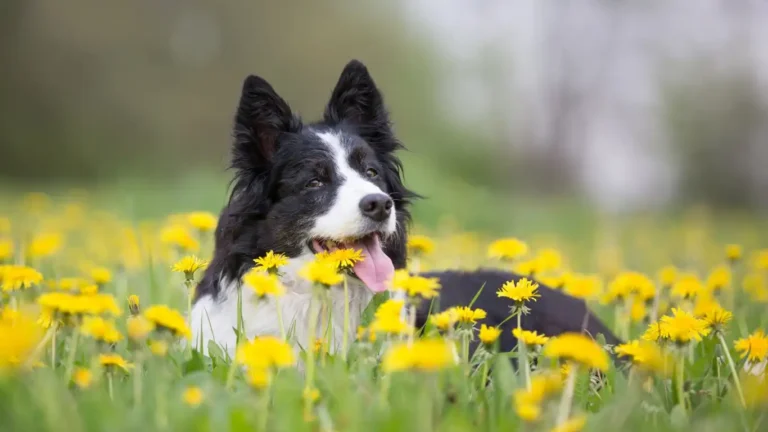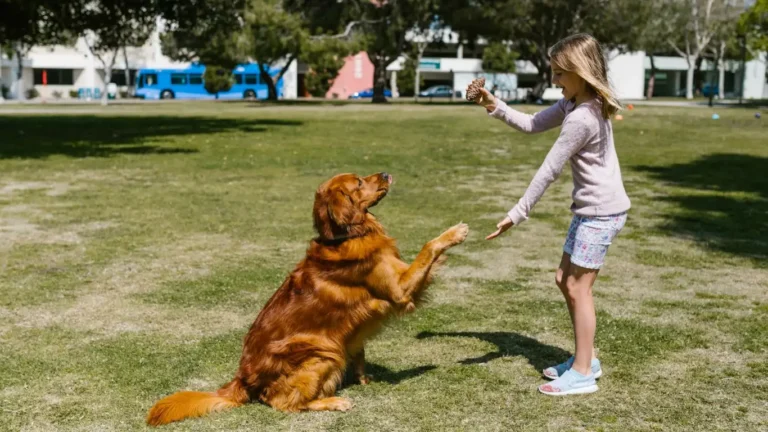How to Train a Dog to Stop Biting Hands and Feet: Effective Tips & Techniques
As a Certified Professional Dog Trainer (CPDT-KA), I’ve spent countless hours working with dogs and their owners to solve behavioral issues. One common challenge many dog owners face is their dog biting hands and feet. It can be incredibly frustrating and sometimes even painful when your dog continuously nips at your hands, feet, or ankles, especially when they seem to be just trying to play. But don’t worry—this is a completely normal behavior, particularly in puppies, and with a little patience, consistency, and the right techniques, you can teach your dog to stop this behavior. In this article, we’ll dive into effective strategies on how to train a dog to stop biting hands and feet, based on my personal experience and expert knowledge.
Understanding Why Dogs Bite Hands and Feet
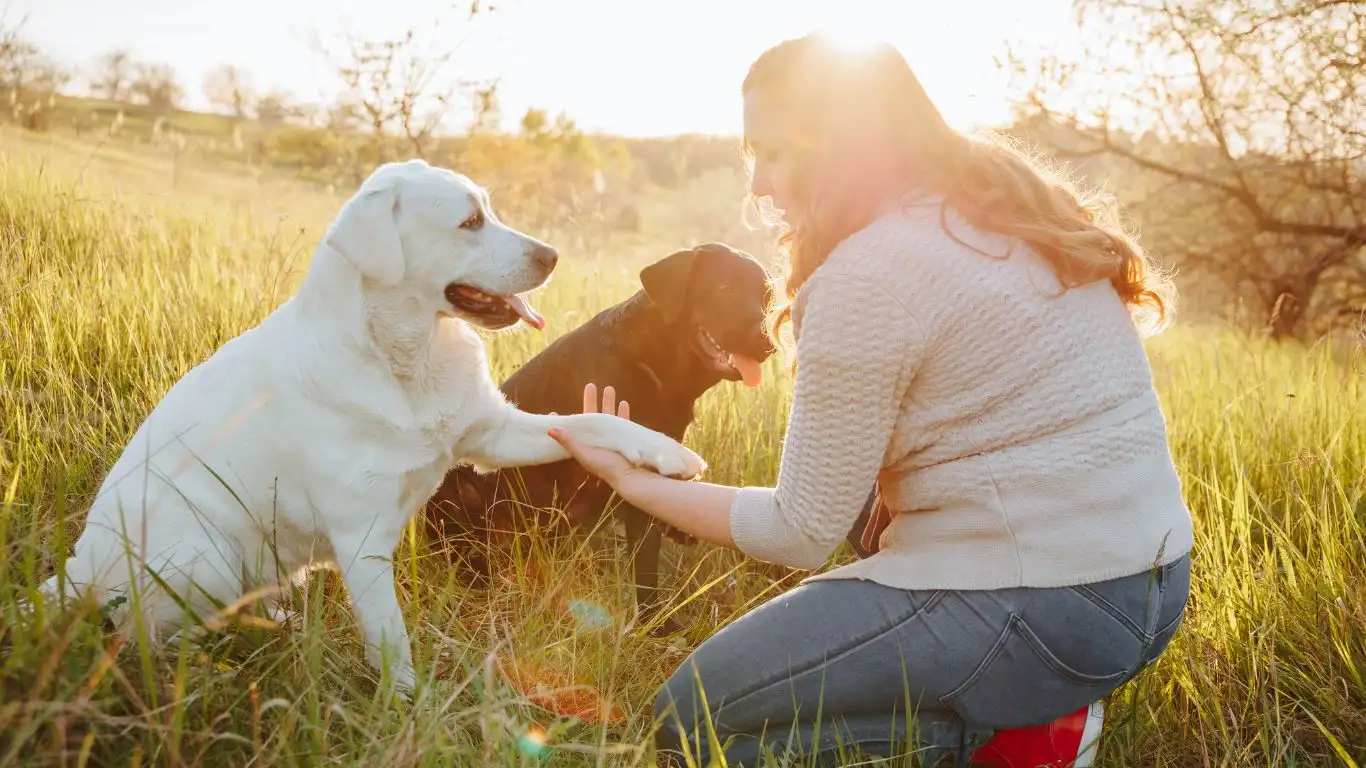
Before we can address the issue, it’s important to understand why dogs bite hands and feet in the first place. In many cases, biting is a natural form of communication and play for puppies. However, it can also become a learned behavior if not properly managed. Here are some common reasons why your dog might be biting:
- Teething: Puppies go through a teething phase between 3 to 6 months of age, and chewing or biting things helps relieve the discomfort of sore gums.
- Playfulness: Dogs, especially puppies, are known to engage in play by mouthing or biting. It’s often a way for them to interact with their environment and learn social boundaries.
- Attention-Seeking: Some dogs bite to get attention, whether it’s positive or negative. If they learn that biting gets them a reaction, they may keep doing it.
- Fear or Anxiety: In some cases, biting can be a sign of fear or anxiety, especially if your dog is feeling threatened or overwhelmed by a situation.
How to Recognize Problematic Biting Behavior
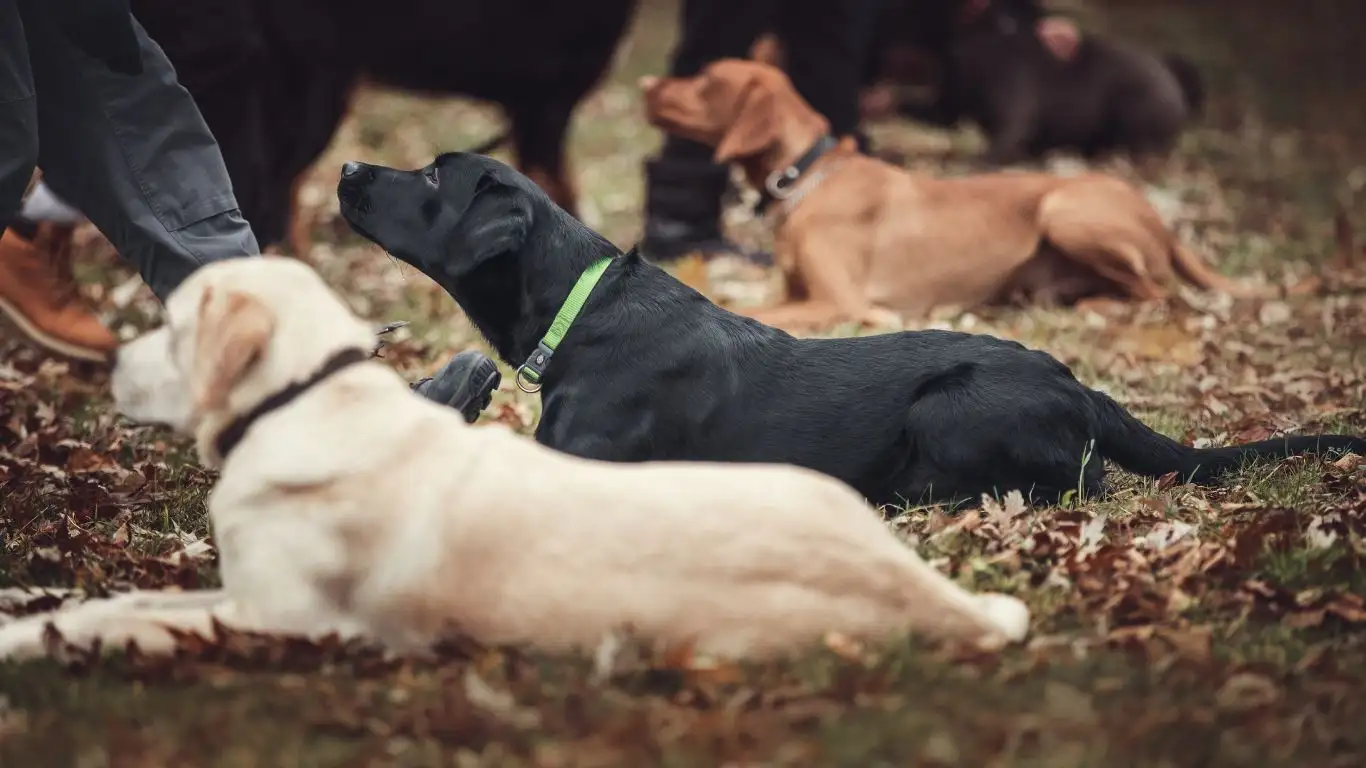
It’s essential to distinguish between playful biting and aggressive biting, as the approach to addressing each will differ. Here’s how you can identify whether your dog’s biting is problematic:
- Frequency: If your dog consistently bites your hands, feet, or other body parts, it could be more than just a phase or playful behavior. Constant biting can indicate a need for correction.
- Intensity: Pay attention to how hard your dog bites. If the bites are hard enough to cause pain or leave marks, it’s time to intervene and train your dog.
- Context: Look at when your dog bites. If they only bite during play, it could just be playful behavior, but if they bite when they’re feeling scared or agitated, it’s a sign of a more serious issue.
Effective Methods to Stop Biting Hands and Feet
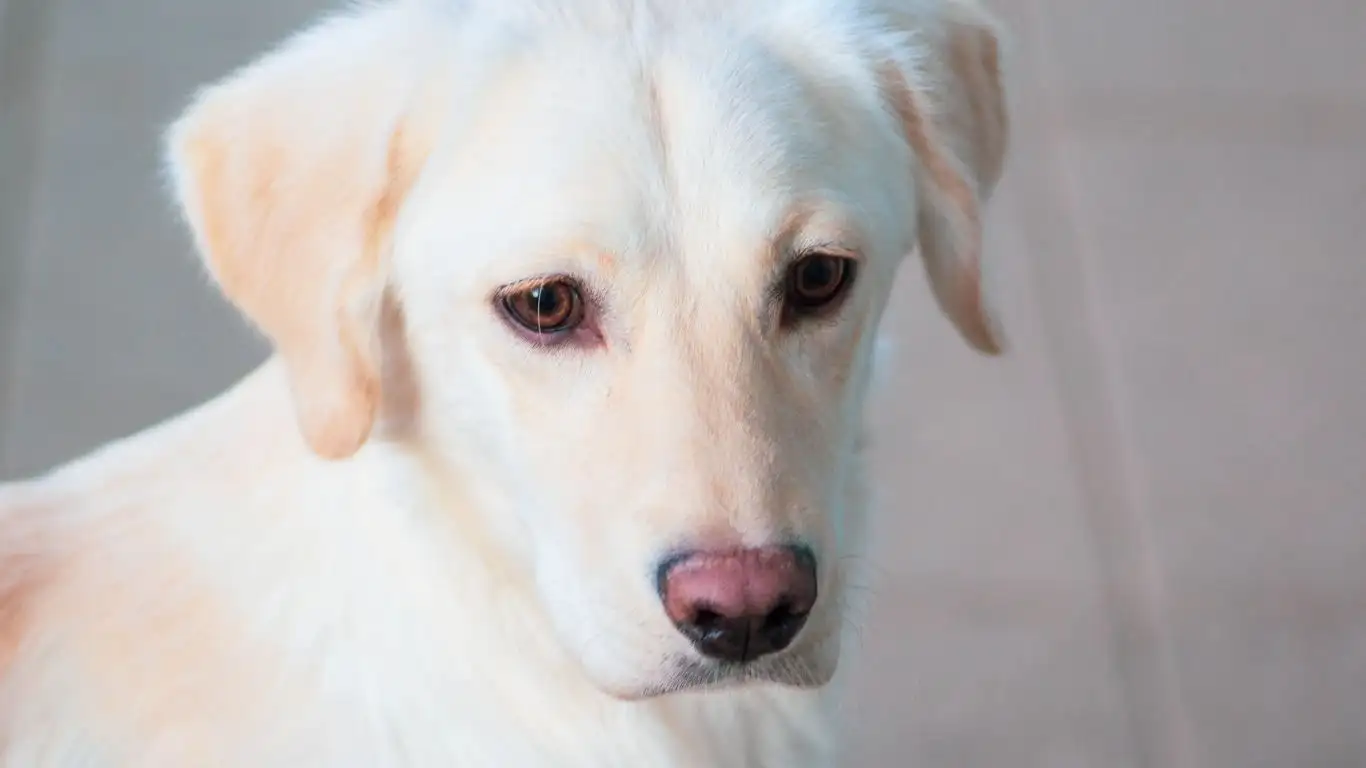
Now that we have an understanding of why dogs bite, let’s dive into some practical methods to train your dog to stop biting your hands and feet. These strategies can work for dogs of all ages, although puppies may require extra patience and consistency:
1. Redirect the Behavior with Toys
One of the most effective ways to stop your dog from biting your hands and feet is to offer them a more appropriate object to chew on, like a toy. When your dog starts to bite, immediately redirect their attention to a chew toy. This teaches them that biting is only acceptable on toys, not on human body parts. You can use a variety of toys, such as:
- Rope toys: Great for tug-of-war games and giving your dog something to gnaw on.
- Chew bones: Perfect for satisfying your dog’s urge to bite and chew.
- Interactive toys: Toys that move or make noise can capture your dog’s attention and encourage them to focus on the toy instead of your hands or feet.
2. Use Positive Reinforcement
Rewarding good behavior is key to teaching your dog what is acceptable and what isn’t. When your dog stops biting and starts focusing on a toy or engages in more appropriate behavior, reward them with praise, treats, or playtime. This positive reinforcement helps your dog associate not biting with receiving something rewarding. Make sure to offer rewards immediately after the desired behavior so your dog can connect the action with the reward.
3. Teach the “No Bite” Command
Another effective method is teaching your dog a verbal command like “no bite” or “gentle.” Start by saying the command in a firm but calm voice when your dog begins to bite. Immediately stop playing and remove your hands or feet from their reach. If they stop biting, reward them with praise. If they continue, try to redirect their attention to a toy or another activity. Consistency is crucial, so make sure everyone in the household is using the same command and response when the biting happens.
4. Give Time-Outs for Excessive Biting
If your dog continues to bite despite redirection and verbal commands, it may be necessary to give them a brief time-out. Time-outs help your dog understand that biting leads to the end of play or attention. To implement a time-out, calmly remove your dog from the situation, place them in a quiet, safe area for a short period, and then return to the activity once they’ve calmed down. This will help them associate biting with the loss of interaction.
5. Socialize Your Dog
Socialization is another key factor in stopping unwanted biting behavior. Exposing your dog to a variety of people, other dogs, and different environments helps them become more confident and less likely to bite out of fear or anxiety. It also teaches them proper canine communication, reducing the likelihood of playful or defensive biting. If you’re unsure how to safely socialize your dog, consider enrolling in a group training class where your dog can interact with others in a controlled setting.
Conclusion
By understanding why your dog bites and implementing these effective training techniques, you can help your dog stop biting hands and feet and develop into a well-behaved companion. Training takes time, patience, and consistency, but with the right approach, your dog will soon learn the proper way to interact with you. Stay tuned for more in-depth tips and strategies in the upcoming sections!
Addressing Aggressive Biting Behavior
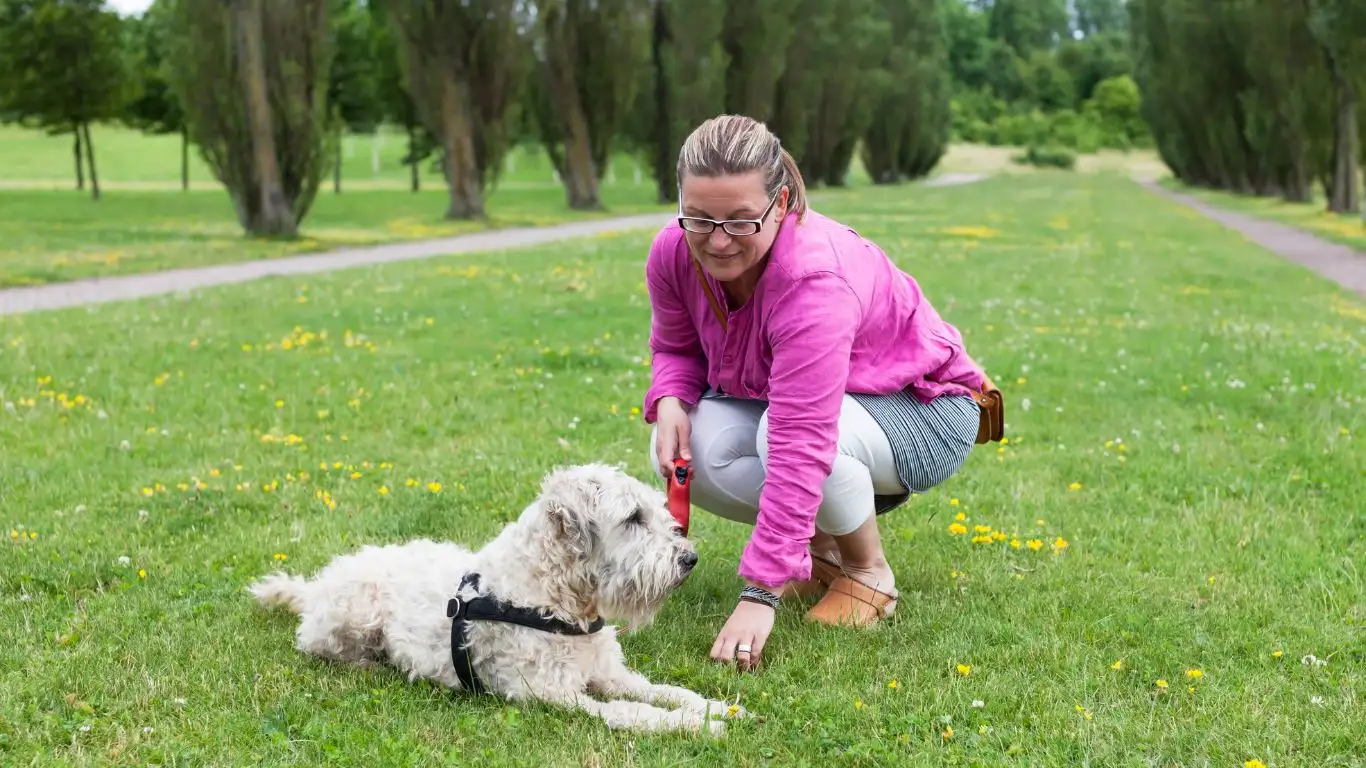
In some cases, your dog may bite not just out of play or teething, but due to aggression or fear. While this can be a more serious issue, it’s essential to address it early. Aggressive biting is often a sign of insecurity, fear, or an attempt to protect themselves. I’ve worked with dogs displaying this type of behavior, and while it can be challenging, it’s not impossible to correct with the right strategies.
If you notice your dog starts to bite aggressively, it’s essential to stay calm and evaluate the situation. Sometimes, aggression can result from overexcitement during play, but it can also stem from stress or lack of proper training. Here are a few steps you can take to reduce and prevent aggressive biting:
1. Recognize the Warning Signs
It’s crucial to watch for early signs of aggression before it escalates into biting. Some warning signs include:
- Growling: Dogs may growl before they bite as a warning. If your dog starts growling, stop what you’re doing immediately and give them space.
- Stiff body language: If your dog stiffens up, stops wagging their tail, or raises their hackles, these could be signals that they’re feeling threatened or uneasy.
- Snapping: Sometimes, dogs will snap their mouths near you without actually biting, signaling they’re about to escalate. This is often a sign that the dog needs more training and boundaries.
If you see any of these signs, it’s time to reassess your dog’s behavior and work on calming techniques before the biting occurs.
2. Focus on Counter-Conditioning
Counter-conditioning is a technique I frequently use with dogs who display aggressive tendencies. Essentially, the goal is to change your dog’s emotional response to a trigger (such as certain people, objects, or situations) that causes them to become aggressive. For instance, if your dog tends to bite out of fear when meeting new people, you can use counter-conditioning to make them associate new people with positive experiences, like treats or praise.
Here’s how you can implement counter-conditioning with your dog:
- Step 1: Identify the trigger that causes your dog to act aggressively. This could be a specific person, another dog, or even a particular type of environment.
- Step 2: When the trigger is present, make sure to offer something positive, such as a high-value treat or praise. The idea is to change their perception of the trigger from something scary to something rewarding.
- Step 3: Gradually increase exposure to the trigger while continuing to reward calm behavior. Over time, your dog will learn that there’s no reason to be aggressive, and calm responses will earn them rewards.
This process takes time and patience, but it works wonders in reducing aggressive behavior. Consistency is key, so be prepared to invest the necessary time into this training method.
Addressing Fear-Based Biting

Fear is another common reason why dogs might bite. Whether it’s fear of a specific situation, object, or person, fear-based biting is typically a defense mechanism. Many dogs, particularly rescue dogs or dogs with a traumatic past, may resort to biting as a way to protect themselves when they feel scared or threatened. I’ve worked with several clients whose dogs had this behavior, and while it can be challenging, the good news is that fear-based biting can often be reduced with the right approach.
1. Build Trust Through Positive Reinforcement
Just like with aggression, it’s essential to create positive associations for your dog. If your dog is biting due to fear, positive reinforcement can be a game-changer. Use rewards like treats, toys, or verbal praise whenever your dog is calm in a situation that would normally trigger their fear response.
For example, if your dog is fearful of new people and bites when they try to approach, allow them to stay at a distance at first. As the person approaches, give your dog treats for staying calm. Over time, your dog will start associating the presence of new people with positive outcomes, such as getting treats or attention, rather than feeling fearful.
2. Create a Safe Space
Sometimes, all a fearful dog needs is a little space to feel secure. Make sure your dog has a safe, quiet place to retreat when they’re feeling overwhelmed. This could be a crate or a designated area in your home where they can go to relax. Giving your dog this space can prevent them from feeling trapped or cornered, which could trigger biting out of fear.
When a dog feels threatened, they may react defensively, so ensuring that they have a safe environment where they can retreat to and recharge is essential. It’s important that your dog knows they have control over their space and can seek safety when needed.
Training Techniques for Different Dog Breeds
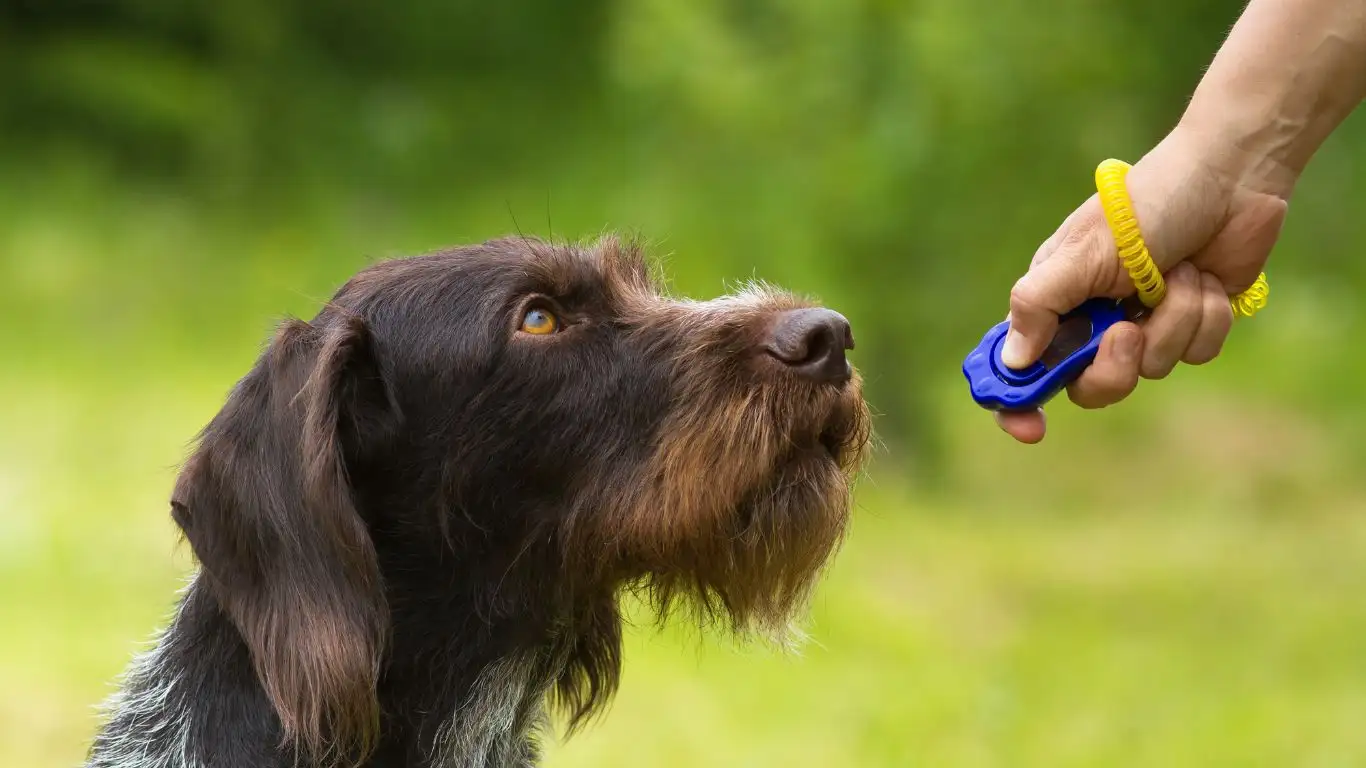
Every dog is unique, and different breeds can have different tendencies when it comes to biting. Some breeds are more prone to nipping or mouthing due to their natural instincts, while others may require more training due to their temperament. It’s important to tailor your approach based on your dog’s breed and individual personality. Here’s a quick guide on how different dog breeds may respond to training:
1. Herding Breeds (e.g., Border Collies, Australian Shepherds)
Herding dogs are known for their intense drive to chase and control movement, which can sometimes translate into nipping and biting. If you have a herding breed, you’ll need to focus on redirecting this instinctive behavior to appropriate outlets. I’ve found that these dogs respond very well to positive reinforcement and structured activities like agility training, which can help satisfy their need for physical and mental stimulation.
2. Terrier Breeds (e.g., Jack Russell Terrier, Bull Terrier)
Terriers are often more independent and can be prone to biting due to their strong prey drive and high energy. With terriers, training must be consistent and firm, but always positive. These dogs tend to respond well to rewards-based training, but it’s essential to keep their attention focused during sessions to prevent them from becoming distracted and reverting to biting out of boredom.
3. Larger Breeds (e.g., German Shepherds, Rottweilers)
Larger breeds may show more protective tendencies, which can result in more serious biting if not properly addressed. Socialization from a young age is key with these dogs, as they can become territorial. Training should focus on reinforcing positive interactions with new people, environments, and animals. For larger breeds, consistency is essential, and more formal obedience training may be necessary to curb aggressive or fear-based biting.
The Importance of Consistency in Training
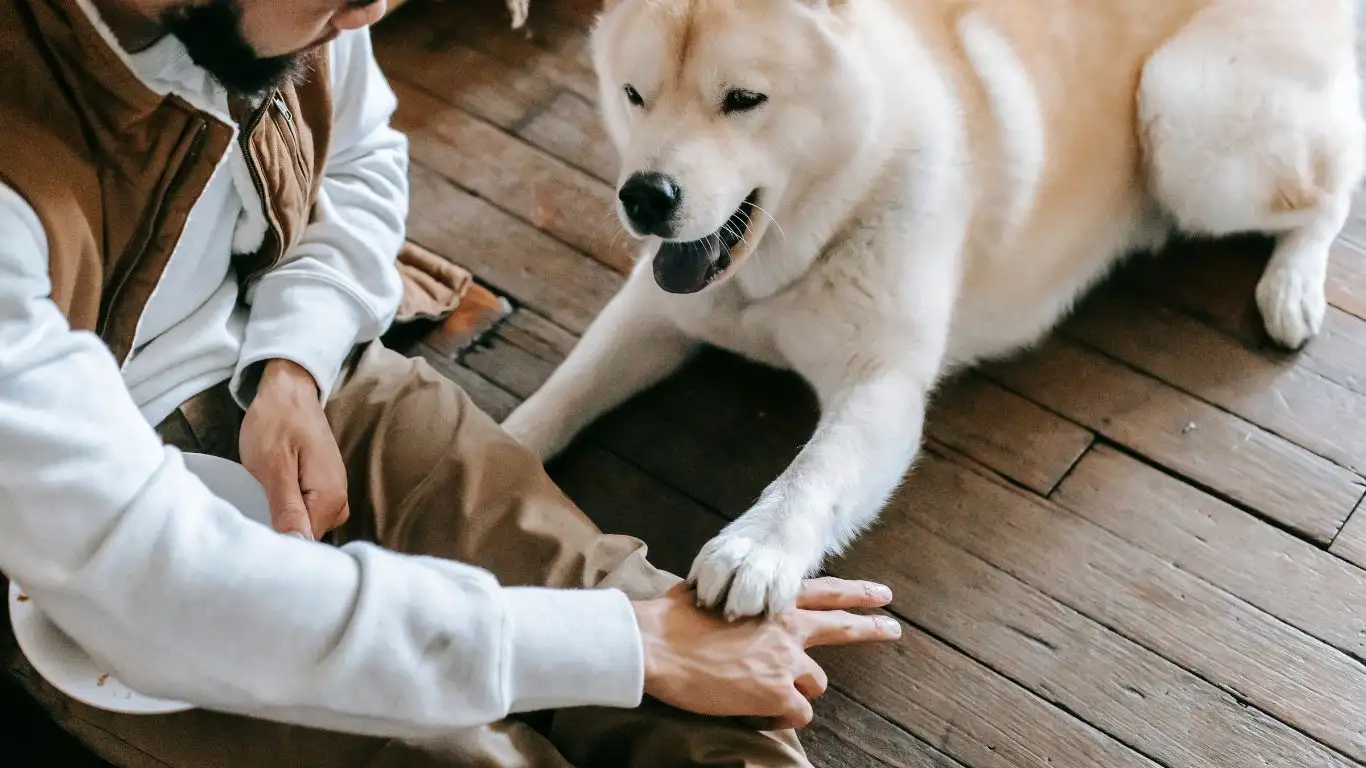
Consistency is perhaps the most critical factor when training your dog to stop biting hands and feet. Whether you’re teaching basic commands, redirecting behavior, or addressing more serious issues like aggression or fear-based biting, maintaining a steady approach will help reinforce what your dog is learning. In my years as a trainer, I’ve seen firsthand how inconsistent training can confuse a dog and make it harder for them to learn.
When it comes to biting, it’s especially important to ensure that everyone in your household is on the same page. For example, if one person in the family allows the dog to bite during play while another person immediately corrects the behavior, it can send mixed signals. Dogs thrive on routine, and clear expectations help them learn faster. The next time your dog starts to bite, take a deep breath, be patient, and stay consistent with your commands and responses.
1. Stick to a Routine
Dogs are creatures of habit. They thrive on routine and knowing what to expect. If you establish a regular schedule for meals, playtime, and training sessions, your dog will learn what behavior is expected during different times of the day. You can even incorporate training exercises into daily activities like walks or play sessions. The more you practice, the easier it will be for your dog to recognize what behaviors are acceptable and which ones aren’t.
For example, I always tell my clients to practice the “no bite” command consistently, whether they’re just lounging around or in the middle of a play session. This kind of repetition helps dogs understand that they should never bite, regardless of the situation. If you consistently reinforce this expectation, your dog will eventually learn to stop biting altogether.
2. Reinforce Positive Behavior Every Time
Positive reinforcement is an essential aspect of any training. Whether it’s giving your dog treats, praise, or extra playtime, rewarding good behavior immediately after it happens strengthens the connection between the action and the reward. The more you reward your dog for calm behavior, the more likely they are to repeat it. I’ve noticed that when clients consistently reward their dogs after they stop biting and focus on appropriate toys or actions, the biting tends to decrease rapidly.
It’s important to keep in mind that rewards don’t always have to be food-based. For many dogs, a favorite toy or a game of fetch might be even more motivating than a treat. So, make sure you find what works best for your dog and stick with it. The key is consistency and timing—reward them as soon as they stop biting and engage in more appropriate behavior.
Addressing Setbacks in Training
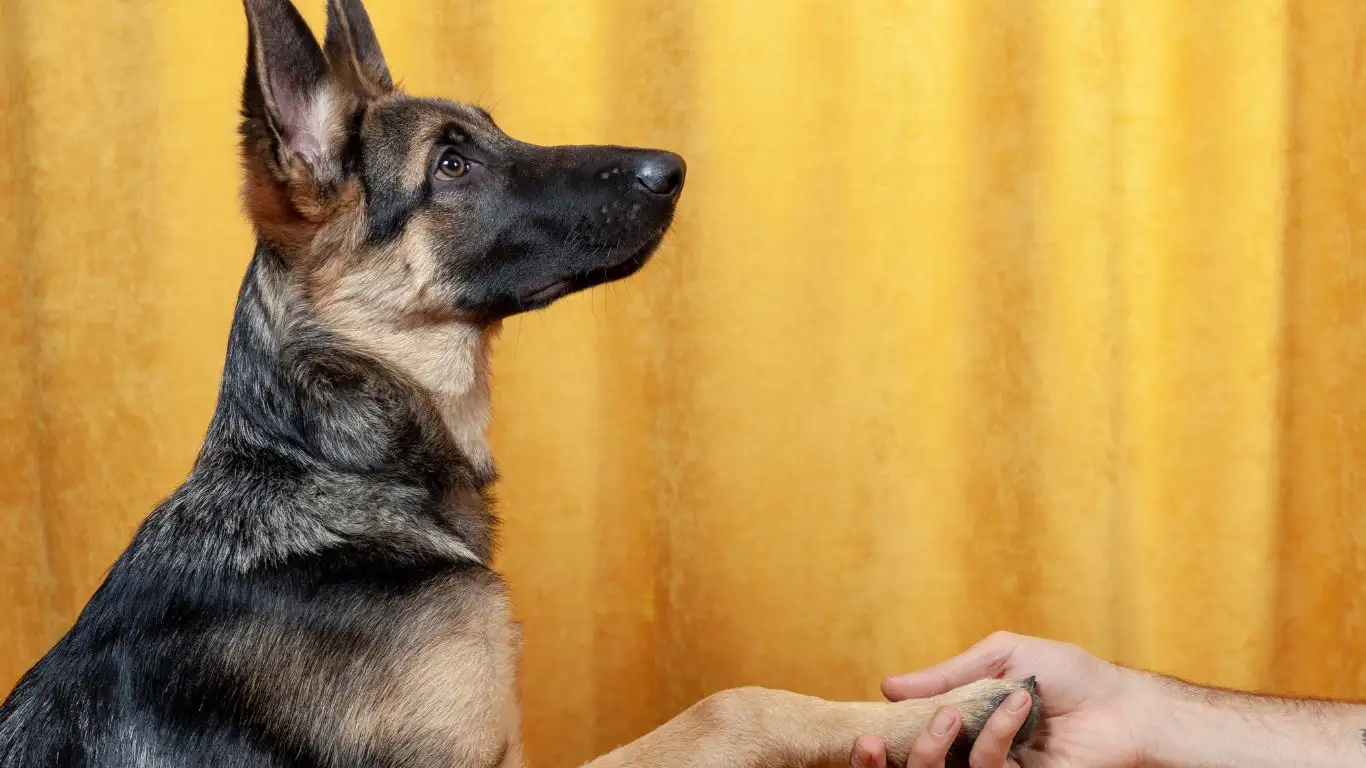
Training is never a straight line, and just like with any other behavioral issue, setbacks are a natural part of the process. If your dog starts to bite again, don’t get discouraged. Remember that dog training is all about repetition and patience. It’s normal for dogs to occasionally regress, especially after a stressful situation or change in routine.
As a trainer, I always remind dog owners that setbacks don’t mean failure. Instead, they’re an opportunity to reassess the situation and adjust your approach. Here’s how to handle setbacks when your dog starts biting again:
1. Revisit the Basics
If your dog begins to bite again, it might be a sign that they haven’t fully grasped the concept of what you’re trying to teach. Go back to the basics—revise the redirection techniques, reinforce the “no bite” command, and reintroduce positive rewards. Sometimes, starting from scratch can give your dog the extra clarity they need. Even experienced dogs can benefit from revisiting simple training exercises. It’s important not to rush this process.
2. Identify External Factors
Sometimes, external factors like a change in environment, a new person or pet in the house, or a change in the weather can affect your dog’s behavior. For example, a dog who usually gets along well with children might begin biting if they’re feeling stressed by unfamiliar noises or visitors. Take note of any changes in your dog’s environment that may be contributing to the biting behavior. Identifying the root cause can help you adjust your training techniques to accommodate these factors.
If you think external factors might be at play, try to reduce stressors in your dog’s environment while continuing their training. Once your dog feels more comfortable and secure, their biting behavior should naturally diminish.
3. Seek Professional Help if Needed
While many dog owners are successful in training their dogs on their own, there are times when seeking the help of a professional trainer can make all the difference. If your dog’s biting behavior continues despite your best efforts, don’t hesitate to consult with a certified dog trainer who can help address more complex issues. A professional can work with you and your dog on a one-on-one basis, providing tailored advice and guidance specific to your dog’s needs.
Sometimes a fresh perspective and expert advice are just what you need to break through a training roadblock. Remember, there’s no shame in asking for help. Every dog and situation is unique, and a professional trainer can offer insights that may not be immediately obvious to you.
References
- PawPatron – Expert Dog Training Tips and Advice
- Google – Search for more information on dog behavior and training
Disclaimer
The advice provided in this article is based on my personal experience as a Certified Professional Dog Trainer (CPDT-KA) and should not replace professional veterinary or behavioral consultations. If your dog’s biting behavior is severe, or if you are unsure how to proceed, it is always recommended to consult a qualified dog trainer or veterinarian. Each dog is unique, and some behaviors may require specialized attention or different training techniques. Always prioritize your dog’s well-being and safety during the training process.
